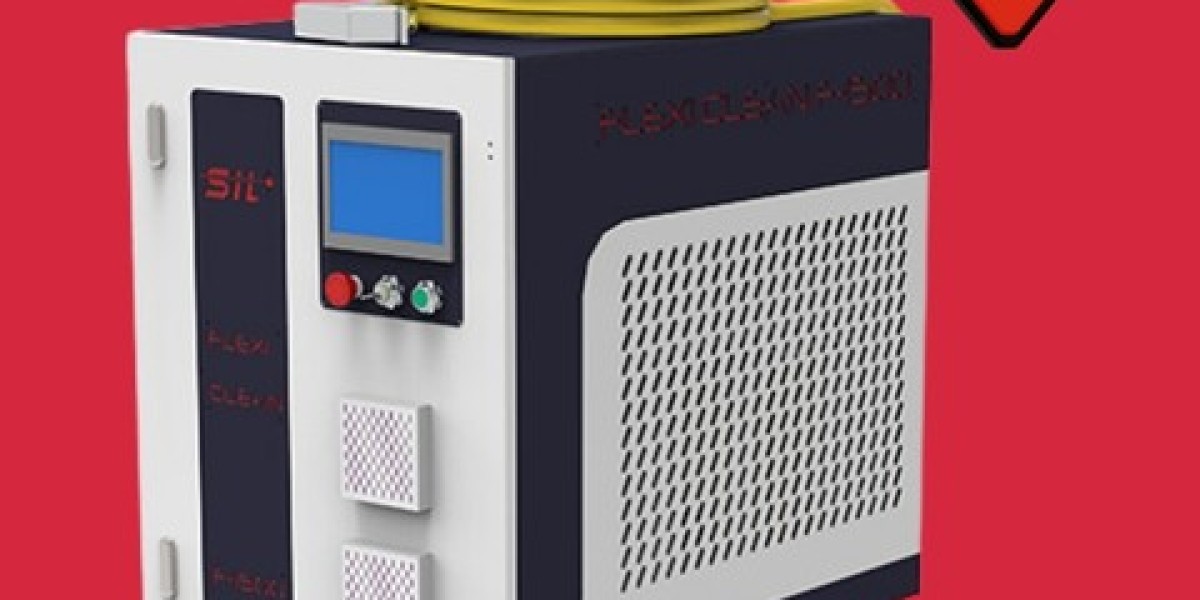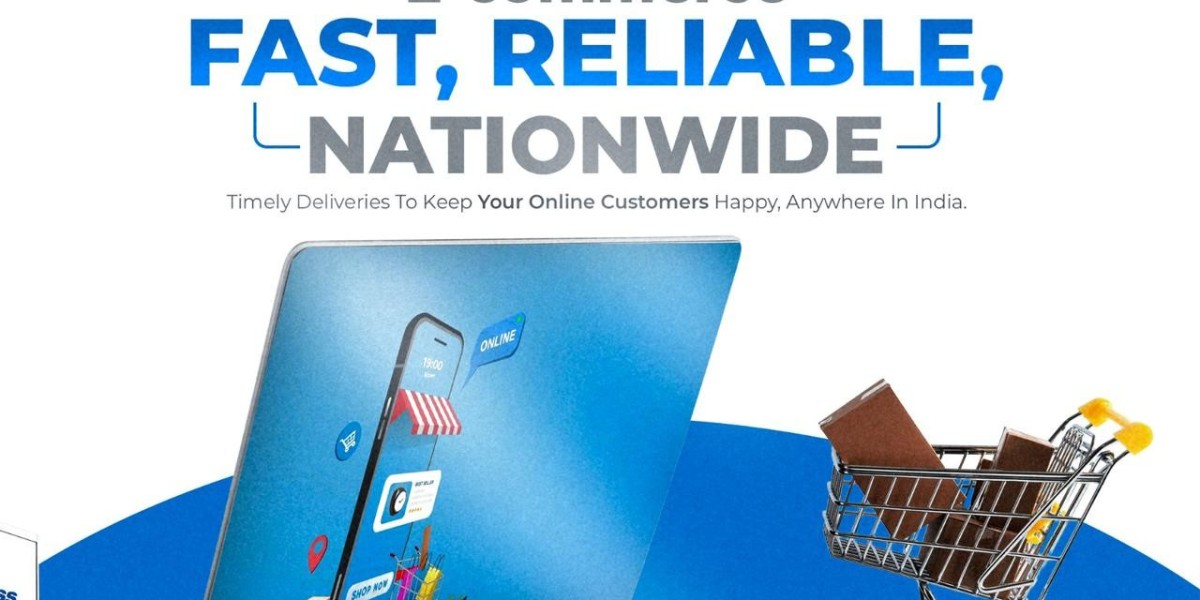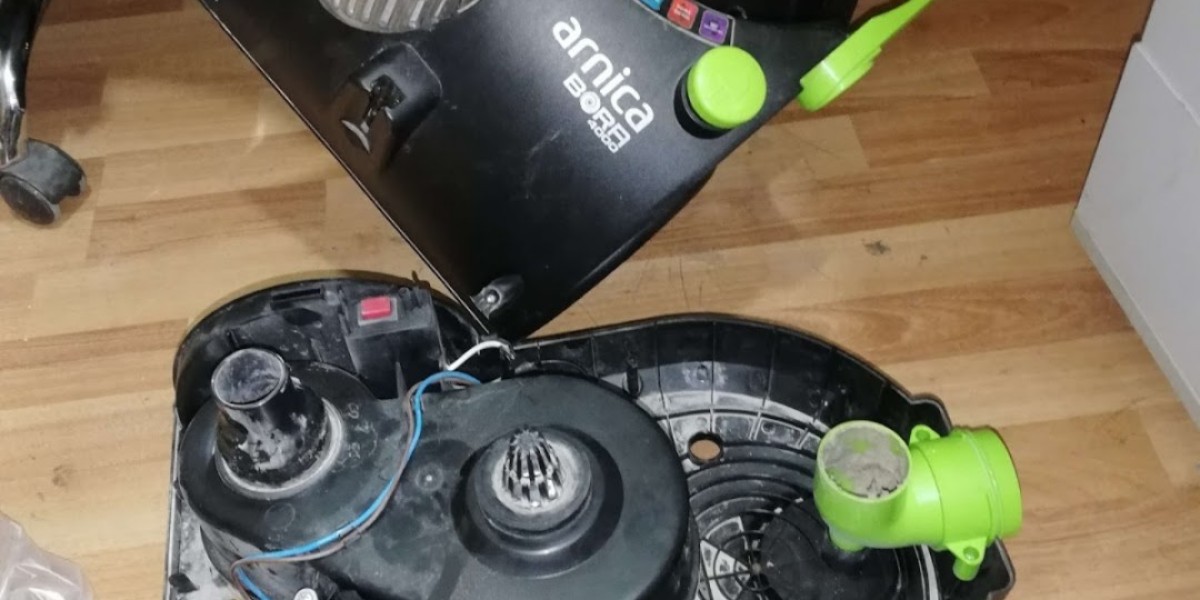Let’s explore the truth behind the numbers and what actually drives these costs.
The Evolution of Cleaning Technology
To understand laser cleaner price, it’s essential to take a quick step back. Traditional cleaning methods like sandblasting, chemical stripping, and ultrasonic cleaning had their place for decades. However, they were often abrasive, toxic, or simply inefficient for delicate surfaces.
Then came laser technology—a contactless, precise, and eco-friendly way to remove unwanted layers from materials. Instead of grinding or scrubbing, laser cleaning uses highly focused laser beams to vaporize or dislodge surface contaminants. This advancement changed everything, but also introduced a new question: how much should this power cost?
The Core Components That Influence Laser Cleaner Price
Every laser cleaner, no matter how basic or advanced, is made up of a few core parts that significantly influence the cost:
1. Laser Source Power
One of the most crucial components is the wattage or power of the laser source. Units may range from 20W for light-duty tasks to 1000W or more for industrial applications. A 50W portable unit may start from $3,000, while a 1000W heavy-duty cleaner can cost upwards of $30,000.
The higher the wattage, the deeper or faster the cleaning—but that also pushes up the laser cleaner price due to more advanced optics, cooling systems, and power supplies.
2. Pulse vs. Continuous Wave Lasers
Some units use pulsed lasers, which deliver energy in short bursts. These are ideal for precision cleaning without damaging the base material. Others use continuous wave lasers for faster, heavier-duty applications. Pulsed systems are generally more expensive due to their advanced beam control and safety considerations.
3. Cooling Mechanism
A laser system generates a lot of heat, and how it manages that heat affects both performance and price. Air-cooled systems are cheaper and suitable for low to mid-range applications. Water-cooled systems, which are necessary for high-power operations, increase the cost due to additional components like pumps, radiators, and chillers.
4. Control Systems and Software
Modern laser cleaners come with touchscreen controls, preset cleaning modes, and even AI-powered surface recognition. These enhancements add convenience, precision, and automation—but also raise the laser cleaner price accordingly.
5. Portability and Form Factor
Do you want a backpack-style unit for on-the-go jobs? Or a wheeled industrial system for a factory floor? Compact, handheld units are less expensive, but may compromise power and runtime. Full-scale units with modular arms and programmable movements come with higher price tags.
The Role of Application in Pricing
Another reason the laser cleaner price isn’t one-size-fits-all is because not all cleaning jobs are the same. An auto repair shop looking to remove rust from classic car frames will need a very different setup than a shipyard removing marine corrosion.
Laser cleaning for:
Automotive restoration: Moderate power, requires portability—approx. $5,000–$10,000
Electronics: Needs high precision and low power—approx. $3,000–$6,000
Industrial machinery: Demands high power and large beam area—$20,000–$35,000
Art conservation: High precision and minimal heat—custom systems from $10,000 and up
In short, laser cleaner price is tightly tied to the nature of your task. You’re not just paying for the laser—you’re paying for a solution customized to your exact needs.
Manufacturer, Brand Reputation, and Support
Price variation also depends on who’s behind the machine. European and American-made laser cleaners often command higher prices because of stringent quality standards, certification requirements (like CE or FDA), and extended warranties. Chinese manufacturers, on the other hand, often offer lower prices, sometimes at the expense of after-sales support or upgrade paths.
But it's not just about geography. Some brands invest heavily in user training, software upgrades, and real-time customer support, which gets bundled into the final laser cleaner price. For businesses where uptime is critical, that service layer is often worth the extra investment.
Certifications, Safety Standards, and Legal Compliance
A hidden cost factor in many machines is compliance. Devices certified for safe industrial use go through rigorous testing and design standards. This includes:
Laser safety interlocks
Emergency shut-off systems
Dust/fume extraction compatibility
Eye protection zones
If a unit has passed safety certification for Europe (EN standards) or the United States (FDA/CDRH compliance), expect a higher price tag. These aren't just stickers—they reflect safer operation, especially for high-powered lasers used in public or team-based settings.
Buying New vs. Refurbished or Imported
If you’re on a budget, you might be tempted to explore refurbished or direct-import options. These can reduce the laser cleaner price dramatically, but they also introduce risks:
Shorter warranty periods
Outdated software or hardware
Compatibility issues with local power systems
Lack of documentation or training materials
For some, these trade-offs are worth it, especially if the tool is for occasional use. But for continuous industrial use, buying new from a reputable seller ensures support, upgrades, and scalability in the future.
Is Leasing or Renting a Better Option?
For businesses with temporary projects or limited budgets, renting a laser cleaner may be a smart short-term option. Some companies offer daily, weekly, or monthly rates. Leasing over a period with an option to buy at the end can also reduce upfront costs.
While these solutions won’t change the laser cleaner price, they can make access more affordable and allow you to test the technology before making a full commitment.
How to Assess True Cost Beyond the Sticker Price
When shopping for a laser cleaner, don’t just focus on the base price. Ask yourself:
What is the cost of replacement parts (lenses, laser heads, cooling systems)?
Is software included or subscription-based?
How much will training and certification cost for your staff?
Are there ongoing maintenance or calibration needs?
Does the vendor offer remote diagnostics or on-site service?
All of these factors contribute to the real cost of ownership.
Final Thoughts
The next time you encounter a wide range in laser cleaner price, remember: it’s not just a tool, it’s a tailored solution. From the laser source to the cooling system, control software to application-specific features, every component affects the cost. While a $3,000 unit might be perfect for a DIY enthusiast or light technician, an industrial engineer dealing with large-scale rust removal needs far more.
Whether you're investing for long-term efficiency or looking to test the waters with a more affordable model, understanding what goes into the price will ensure you get the best value—not just the lowest number. Ultimately, the right laser cleaner is the one that fits your task, environment, and expectations—not just your budget.







